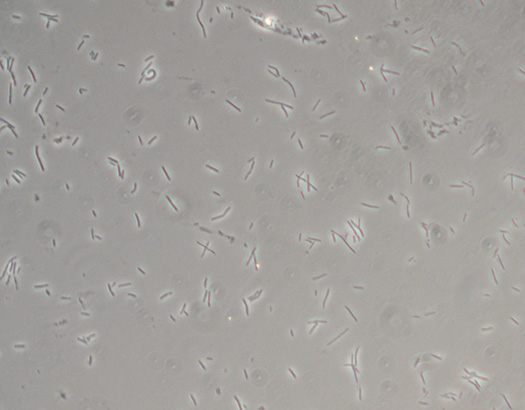
Can I See Bacteria Under the Microscope?
Bacteria can be difficult to view under the microscope but YES you can view bacteria under the microscope. Here are some tips to help view bacteria under the microscope.
Why are Bacteria Hard to View Under the Microscope?
- Bacteria are Transparent. If you are viewing individual bacteria cells, they have no color. Bacteria show color when in a colony, but not individually.
- Bacteria are Small. When using the microscope to view bacteria you will need a minimum of 400x. You will also use 1000x to view bacteria.
- Bacteria are Hard to Focus On. If the bacteria are floating in liquid, getting them into focus at higher magnifications is difficult.
- Bacteria are Hard to Recognize. It can be difficult to determine what is bacteria on the microscope slide and what is dirt.
What Is the Best Way to View Bacteria Under the Microscope?
- Phase Contrast Microscope - Because bacteria are transparent, using a phase contrast microscope makes the bacteria pop out of the image on a bright background. Learn more about phase contrast here. Below is an image of Lactobacillus ("good" bacteria or probiotic found in the human gut) under a phase contrast microscope.

- Brightfield Microscope
- When using a brightfield microscope use 400x magnification and close the iris diaphgram on the condenser to make the bacteria appear darker and stand out more.
- Slide Staining - If keeping the bacteria alive is not important, staining the sample before viewing it under a brightfield compound microscope will make it easier to view the bacteria.
Helpful Tips for Viewing Bacteria Under the Microscope
- Use a compound brightfield microscope with 400x magnification. 1000x is also helpful to have.
- When preparing the sample use less liquid to keep the bacteria from floating out of the field of view.
- Make sure the cover slip is flat on the microscope slide.
- Close the condenser iris down to increase contrast and improve the depth of field.
- If possible, keep the bacteria density low on the slide so they do not clump together, making them hard to identify.
